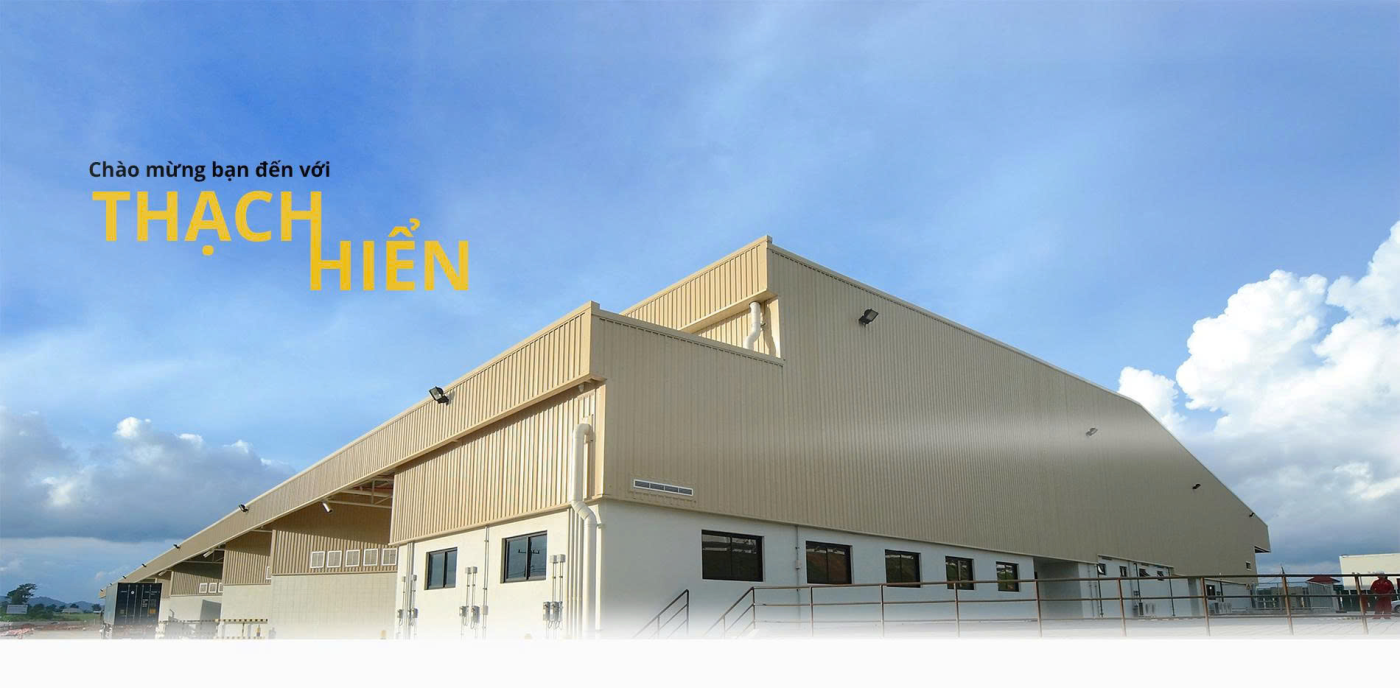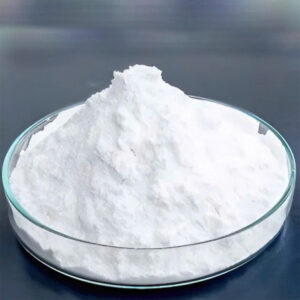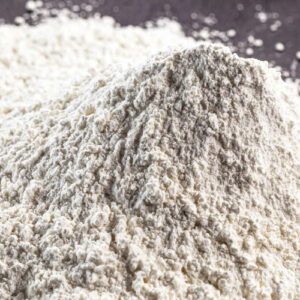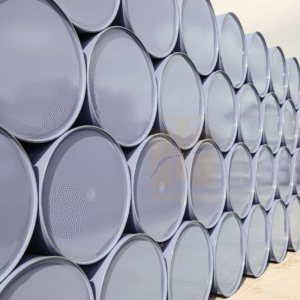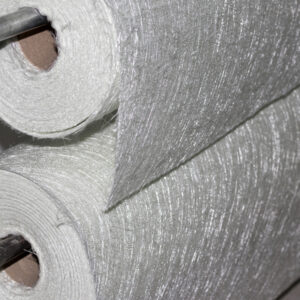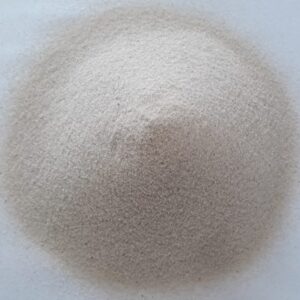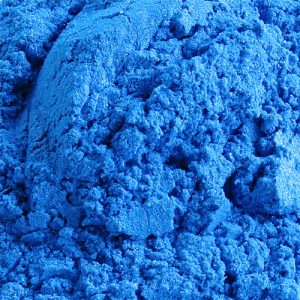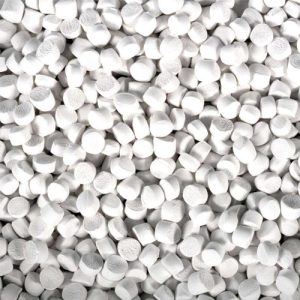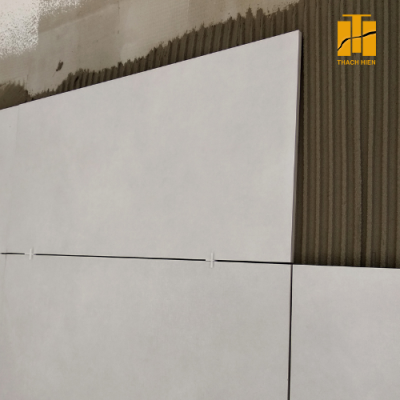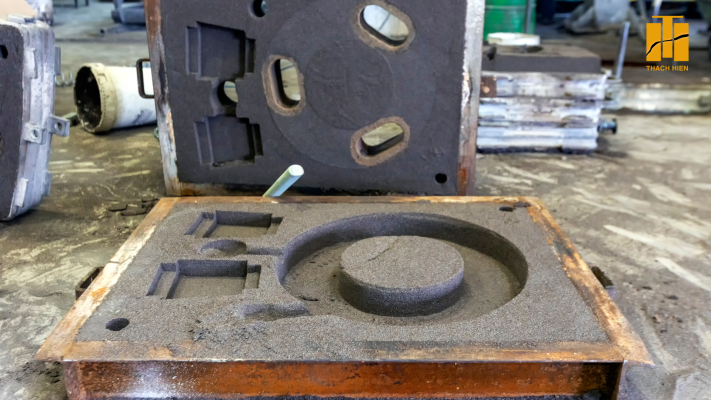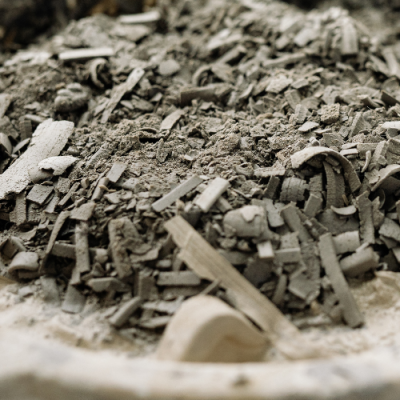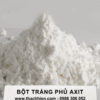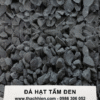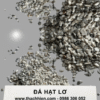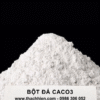News
SOME COMMON TYPES OF FERTILIZERS ON THE MARKET TODAY
What is fertilizer?
Fertilizer is a product that provides nutrients for plants to help improve the soil. Its ingredients contain one or more inorganic macronutrients, micronutrients, rare earths, organic nutrients, amino acids, vitamins, humic acids, fulvic acids, beneficial microorganisms, and one or more: humectants, fertilizer efficiency enhancers, plant growth regulators, additives, and limiting factors.
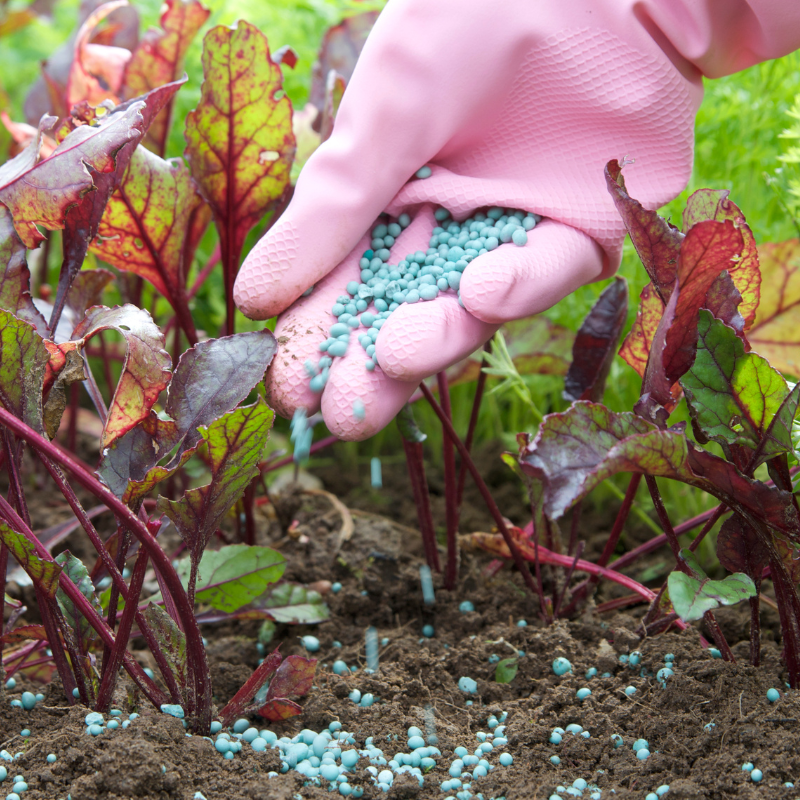
| STT | COMPOSITION OF FERTILIZERS | |
| 1 | Inorganic nutrition |
|
| 2 | Organic nutrition | Includes ingredients: organic matter, amino acids, vitamins, humic acid, fulvic acid, … |
| 3 | Microbial factors | Includes beneficial microorganisms such as nitrogen-fixing, phosphate-decomposing, cellulose-decomposing microorganisms… |
| 4 | Limiting factors for use in fertilizers | Heavy metals include: Arsenic (As), Cadmium (Cd), Lead (Pb), Mercury (Hg), Titanium (Ti), Chromium (Cr) or pathogenic bacteria include: E.coli, Salmonella or other toxic substances such as biuret, free acid with permissible content specified in national technical regulations. In addition, fertilizers also contain humectants, growth enhancers |
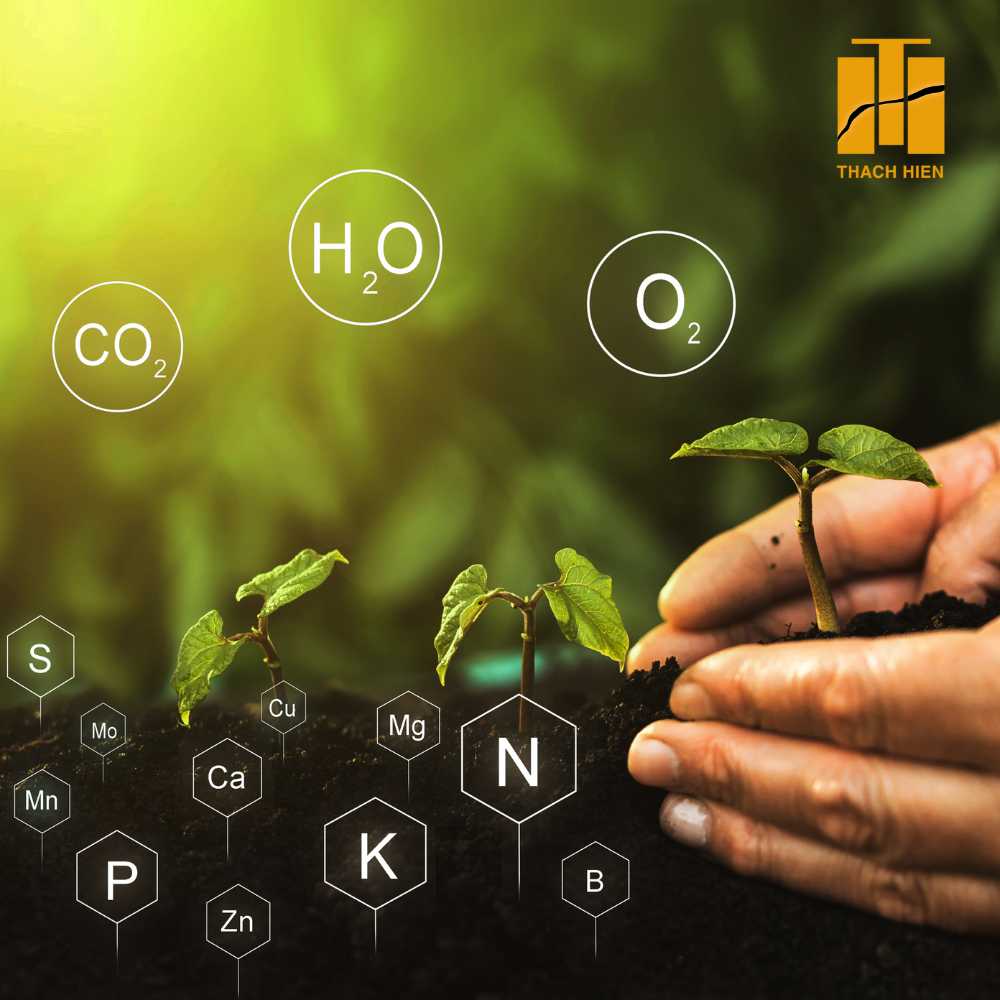
SOME COMMON TYPES OF FERTILIZERS ON THE MARKET TODAY
I. MULTI-ORGANIC FERTILIZERS
1. Nitrogen fertilizer: is the general name of inorganic fertilizers that provide nitrogen for plants. Nitrogen fertilizers promote plant growth, making plants branch out, produce many leaves, large leaves, green leaves, strong photosynthesis, thereby increasing plant productivity. There are the following commonly used nitrogen fertilizers:
Urea fertilizer CO(NH4)2: is the type of fertilizer with the highest N ratio containing 44-48% pure N. There are 2 types of urea fertilizer sold on the market with similar quality: White crystal type, round particles, easily soluble in water, with the disadvantage of strong hygroscopicity. The type is in the form of pellets, small as fish eggs. This type has added moisture-proofing agent so it is easy to preserve and transport, so it is widely used in agriculture. Urea fertilizer is adaptable to many different types of soil and crops, often used as top dressing.
Ammonium nitrate fertilizer (NH4NO3): Contains 33-35% N, has a gray-yellow crystalline salt form, is runny, soluble in water, clumps easily, difficult to use and preserve. It is an acidic physiological fertilizer, but can be used for many types of plants on many different types of soil.
Ammonium sulfate fertilizer (NH4)2SO4: Also known as SA fertilizer, contains 20-21% N, 39% S. It has a crystalline form, is smooth, ivory white or grayish-blue, has a urine smell, is salty and slightly sour, so many places call it salt fertilizer. Easily soluble in water, does not clump, is usually in a loose state, easy to preserve, easy to use. Used as top dressing for all types of plants on many different types of soil except for alum and sour soil.
Ammonium chloride fertilizer (NH4Cl): Contains 24-25% N. Fine crystals, white or ivory yellow, easily soluble in water, low in moisture absorption, does not clump. It is an acidic physiological fertilizer, should be combined with phosphorus and other fertilizers. In arid areas, saline soil should not be fertilized with nitrogen chloride.
Calcium Cyanamide: Contains 20-21% N, 20-28% lime, 9-12% coal. Powder form, ash gray or white, no ammonia smell. Usually used as basal fertilizer, not for foliar spraying, can neutralize acidic soil.
Nitrogenous phosphate fertilizer (also known as ammonium phosphate): contains 16% N, 20% P. Comes in pellet form, ash gray or white, runny, easily soluble in water. Used as basal or top dressing, suitable for saline soil.
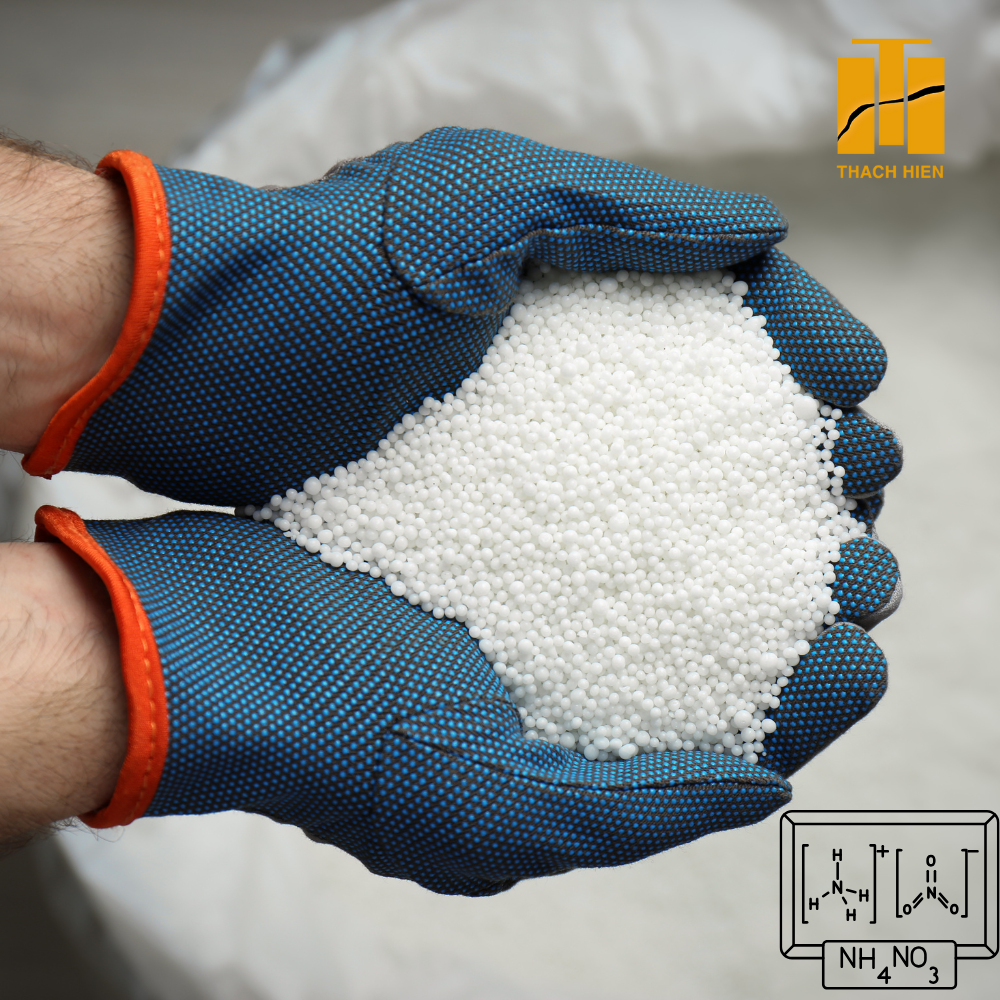
2. Phosphate fertilizer: plays an important role in the life of plants. Stimulates root growth, makes the roots penetrate deeply and spread widely so that the plant is less likely to fall, stimulates the process of branching and budding, promotes early and abundant flowering and fruiting, increases the properties of cold resistance, drought resistance, acidity tolerance, pest and disease resistance, etc. Currently, there are some types of phosphate fertilizers as follows:
Domestic phosphate: is a fine powder, dark brown or light brown, containing 15-25% pure P. Used as basal fertilizer, not top dressing, effective in acidic soil.
Apatite fertilizer: is a fine powder, earthy brown or gray-brown in color. The phosphorus content varies depending on the type: rich apatite has over 38% phosphorus, medium apatite has 17-38% phosphorus, poor apatite has less than 17% phosphorus.
Superphosphate: is a fine white, yellowish-gray or tin-gray powder, containing 16-20% pure phosphorus and a large amount of gypsum. The fertilizer is easily soluble in water so it is easy to use, can be used as basal fertilizer or top dressing.
Tecmo phosphate (fused phosphate, Van Dien phosphate): Light green powder, almost ash-colored, shiny grains; contains 15-20% phosphorus, 30% calcium, 12-13% Mg, sometimes also K. This fertilizer is insoluble in water but soluble in weak acid, easy for plants to use, can be used as basal fertilizer or top dressing. The fertilizer is effective for poor sandy soil, infertile soil, low in trace elements or acidic soil.
Precipitated phosphate: It is a white, light, porous powder similar to quicklime, containing 27-31% pure phosphorus and a little calcium. This fertilizer is used similarly to thermo phosphate.
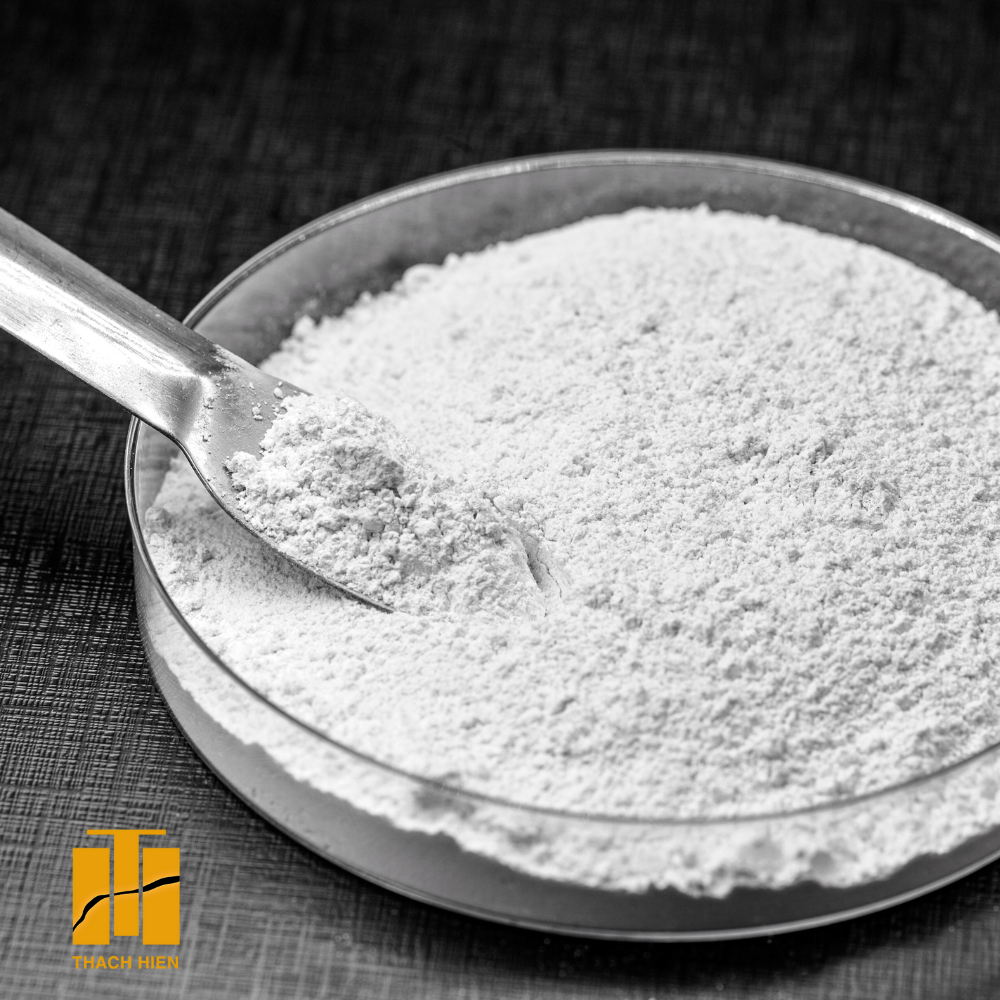
3. Potassium fertilizer: Provides K nutrition for plants, increases their ability to withstand flooding, drought, cold, and pests, makes plants strong, less likely to fall, and increases the quality of agricultural products. There are currently several types of potassium fertilizers:
Potassium chloride fertilizer: It is a pink or opaque gray, gray-white powder, crystallized into small particles, containing 50-60% pure K and a little salt. This is a physiologically acidic fertilizer, loose, easy to apply, can be used as a base fertilizer or top dressing, suitable for many areas of land except saline soil.
Potassium sulfate fertilizer: has small, fine, white crystals, is easily soluble in water, and does not clump; contains 45-50% pure K and 18% S. It is a physiologically acidic fertilizer but is suitable for many types of plants.
Some other types of potassium fertilizers:
– Potassium – magnesium sulfate fertilizer: has the form of fine gray powder, contains 20-30% K2O, 5-7% MgO, 16-22% S, is used effectively on poor sandy soil, infertile soil.
– Agripac fertilizer from Canada: dry, large, non-clumping, contains 61% K2O, often mixed with other fertilizers.
– 40% potassium salt: has the form of crystalline white salt mixed with a few light pink scales, contains 40% K, limited use on salty soil
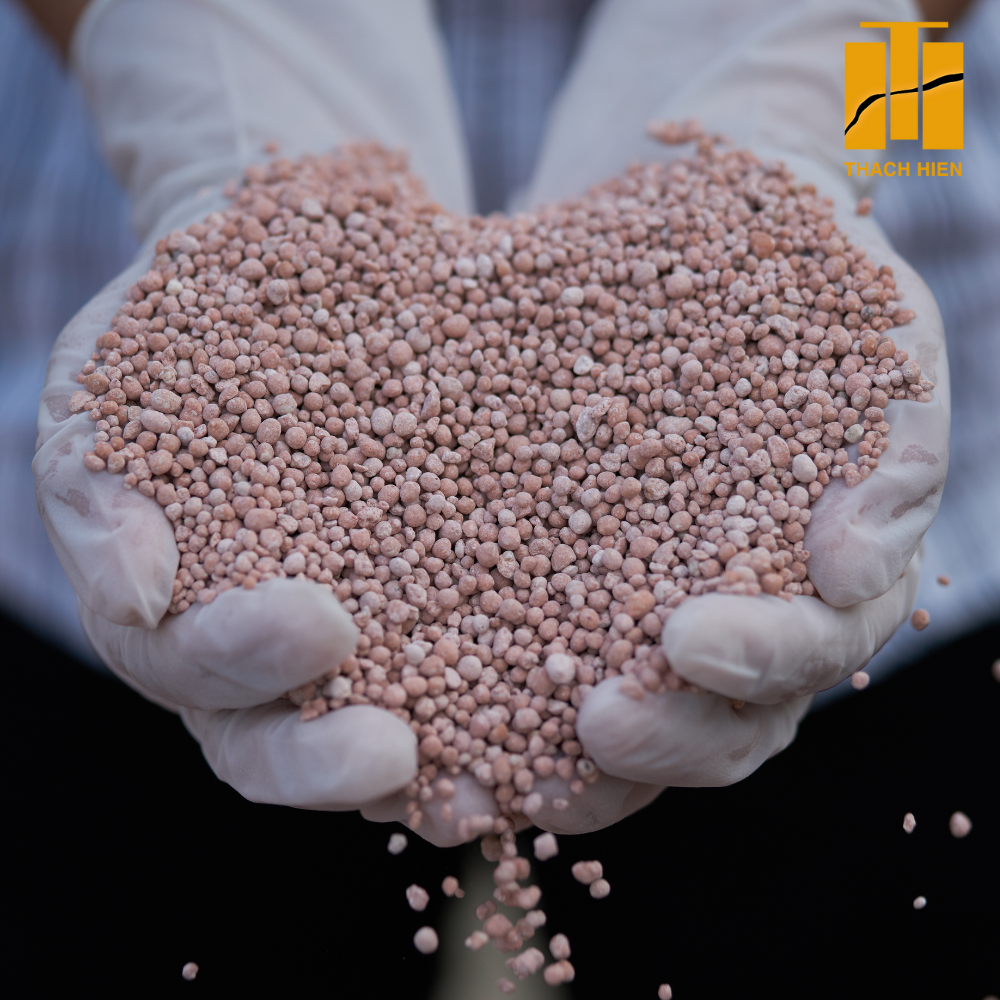
4. Complex fertilizers and mixed fertilizers:Currently on the market there are the following types: 2-element type (N-P, N-K, P-K), 3-element type (N-P-K), 4-element type (N-P-K-Mg)
NP fertilizer: including the following brands:
– Amophor fertilizer: N:P:K ratio is 1:1:0, contains 18% N and 18% P2O5, loose pellet form, used to fertilize alluvial soil and acid sulfate soil.
– Diamophor fertilizer (DAP): N:P:K ratio is 1:2.6:0, contains 18% N, 40% P2O5, suitable for alum soil, basalt soil.
– Mixed fertilizer: 20:20:0; 23:23:0; 10:10:0 used as basal fertilizer.
Import fertilizer: include
– Potassium nitrate fertilizer: contains 13% N, 45% K2O, used to fertilize soil poor in potassium.
– Mixed fertilizer: 30:0:10; 20:0:20; 20:0:10, used to fertilize at the end of the plant’s growth period.
PK division: include
– PK 0:1:3 fertilizer: contains 55% superphosphate and 45% KCl, used for poor soil and light sandy soil.
– PK 0:1:2 fertilizer: contains 65% superphosphate and 35% KCl.
N-P-K fertilizer: include
– Amsuka Fertilizer: has an NPK ratio of 1:0.4:0.8, produced by mixing ammonium with neutralized superphosphate in KCl salt
– Nitro phoska fertilizer: There are 2 types:
+ Type with NPK ratio of 1:0.4:1.3; produced by mixing nitrate salt with phosphoric acid; contains 13% N, 5.7% P2O5, 17.4% K2O.
+ Type with NPK ratio of 1:0.3:0.9; produced by mixing nitrate salt with sulfuric acid; contains 13.6% N, 3.9% P2O5, 12.4% K2O.
– Amphoska fertilizer: has NPK ratio of 1:0.1:0.8; contains 17% N, 7.4% P2O5, 14.1% K2O.
– Van Dien NPK fertilizer: has an NPK ratio of 5:10:3; in addition to NPK, the fertilizer also contains 6.7% MgO, 10-11% SiO2, 13-14% CaO.
– 3-color NPK mixed fertilizer: produced by Binh Dien 2 fertilizer factory, available in the following forms: 15:15:15; 20:20:15; 15:10:15; 16:16:8; 14:8:6; 15:15:6.
– NPK compound fertilizer: produced by Dong Nai fertilizer factory, including the following forms: 16:16:8; 14:8:6; 10:10:5; 15:15:20.
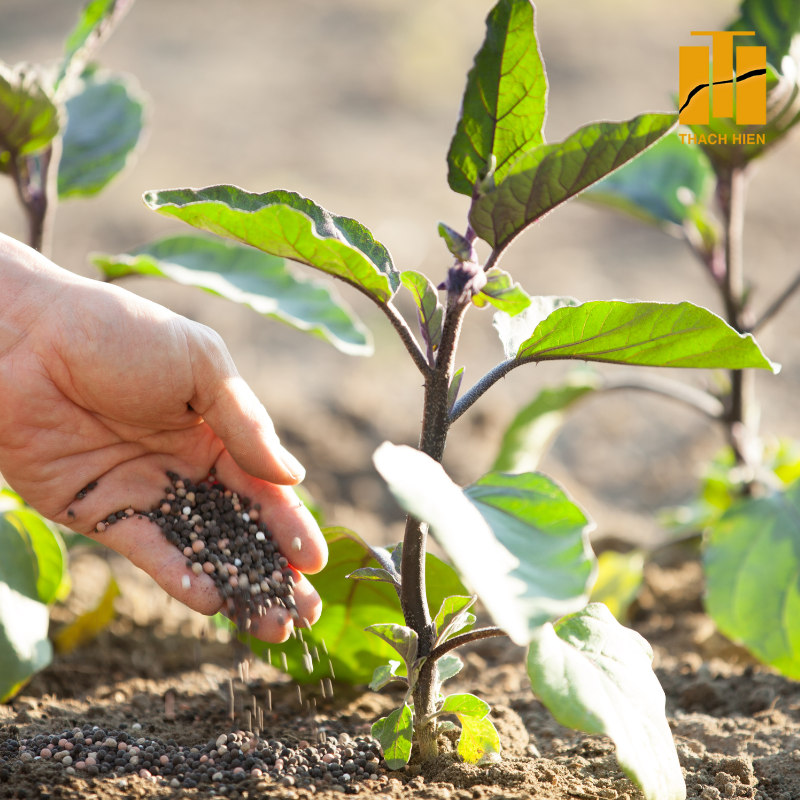
II. MIDDLE AND MICRONUTRIENT INORGANIC FERTILIZERS
1. Medium nutrients: Normally, factories do not produce medium fertilizers separately but combine them with macro fertilizers. There are some types of medium fertilizers as follows:
– Sulfur fertilizer: superphosphate fertilizer contains 12% S, superpotassium granular fertilizer contains 18% S, ammonium sulfate fertilizer (SA) contains 23% S, potassium-magnesium sulfate fertilizer contains 16-22% S.
– Calcium fertilizer: Van Dien fused phosphate fertilizer contains 28-32% Ca, Van Dien NPK phosphate fertilizer contains 13-14% CaO, superphosphate fertilizer contains 22-23% CaO.
– Magnesium fertilizer: Van Dien phosphate fertilizer contains 17-20% Mg, magnesium sulfate fertilizer contains 5-7% Mg, magnesium borate fertilizer contains 19% Mg.
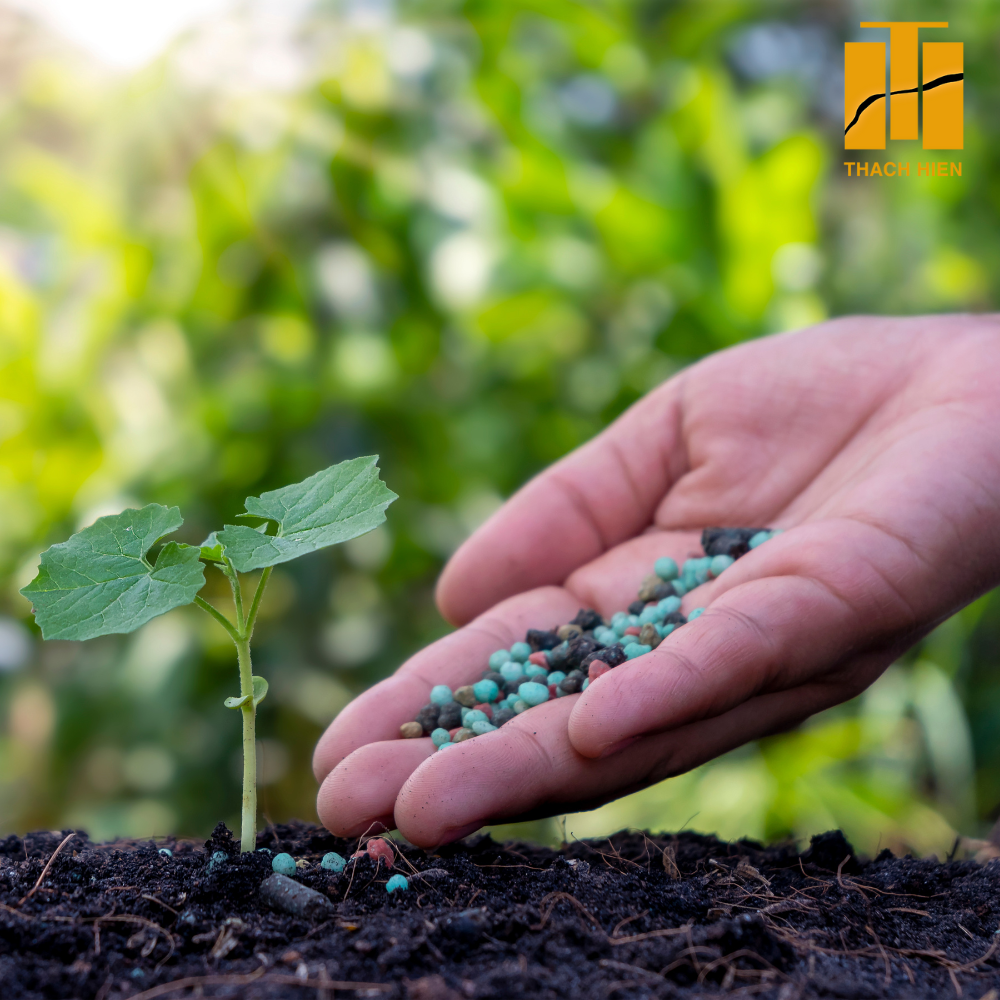
2. Micronutrients:
– Boron fertilizer: includes boric acid fertilizer, sodium borate fertilizer, magnesium borate fertilizer.
– Copper
– Manganese fertilizer: including manganese sulfate, manganese chloride, potassium permanganate.
– Molybdenum fertilizer: includes sodium molybdate, ammonium molybdate.
– Zinc fertilizer: including zinc sulfate, zinc chloride.
– Iron fertilizer
– Cobalt fertilizer
III. ORGANIC FERTILIZER
1. Manure:
Manure is manure excreted by livestock such as pig manure, cow and horse manure, chicken and duck manure, etc. The nutritional composition of manure includes macronutrients and micronutrients with the content depending on the type, time and composting method.
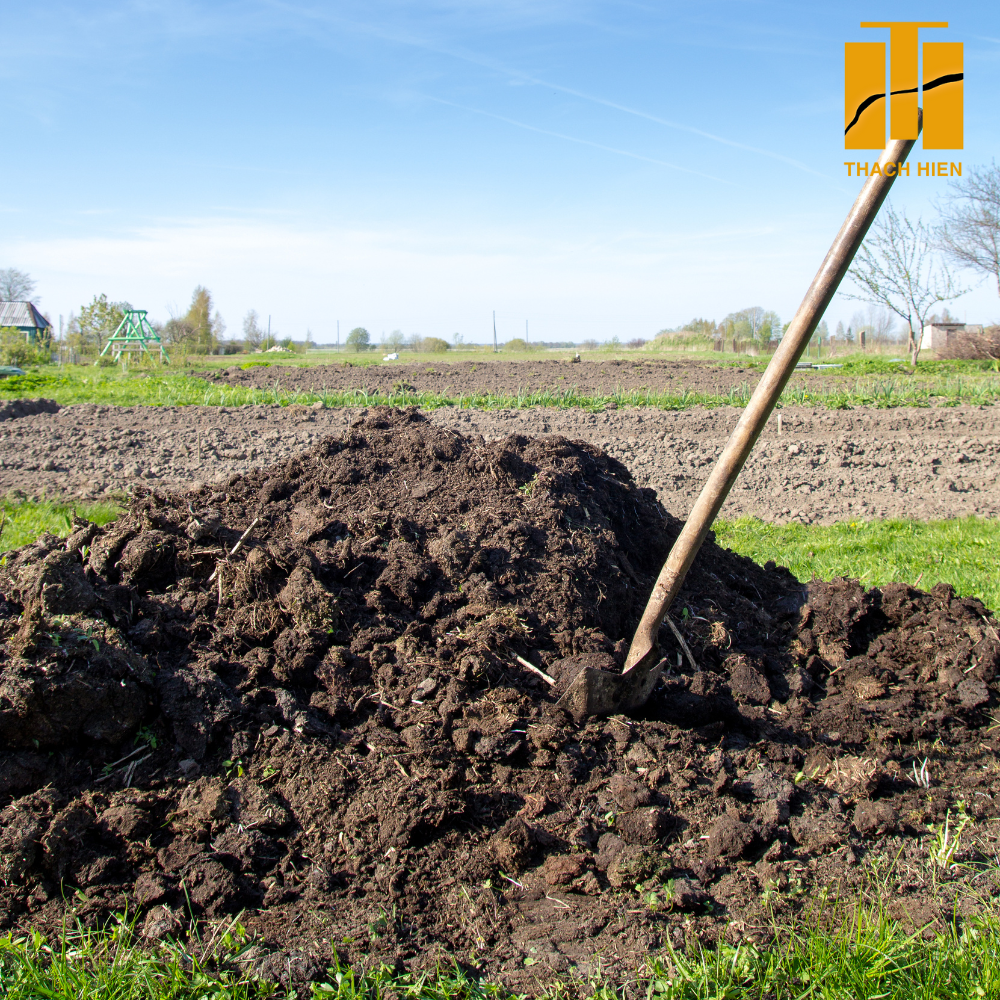
2. Garbage classification:
It is organic fertilizer made from garbage, weeds, green tree stems and leaves, water hyacinth, straw, urban solid waste… composted with some enzymes such as manure, urine, phosphate, lime… until decomposed.
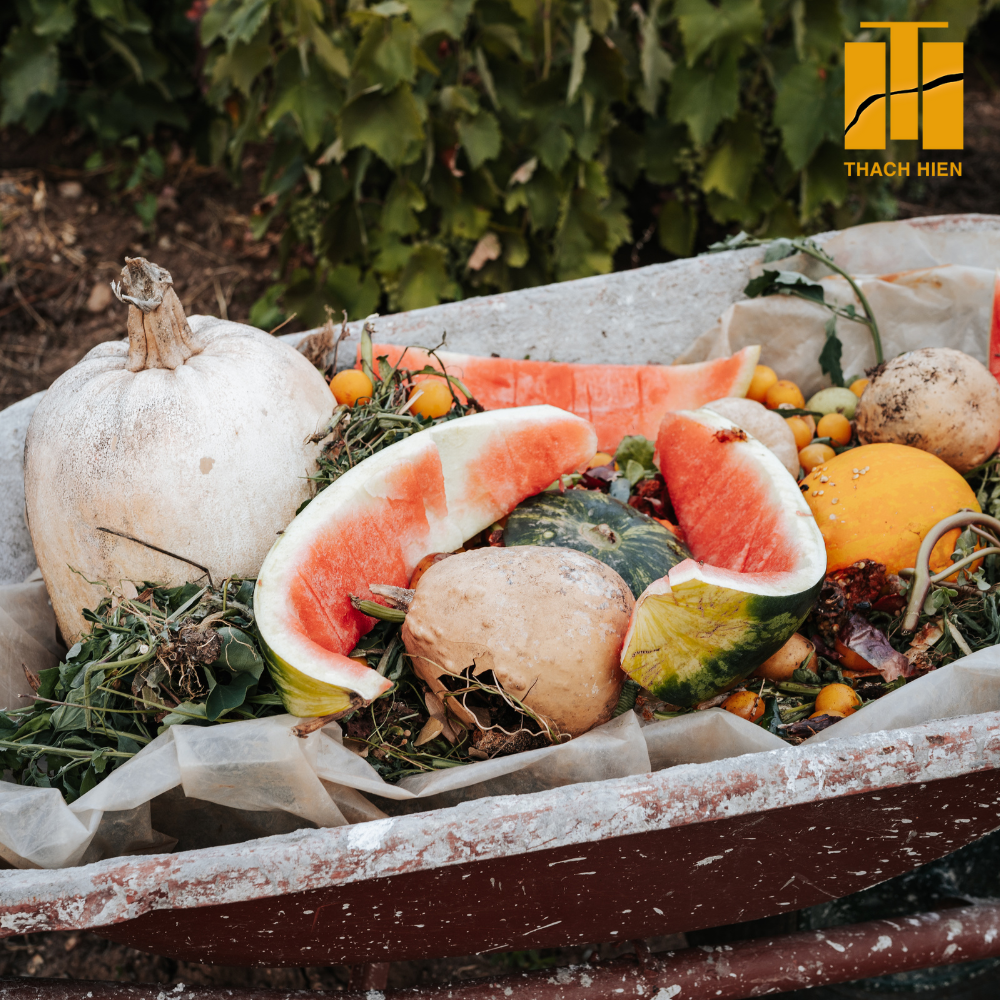
3. Green manure:
It is a type of organic fertilizer, using the above-ground parts of plants. Green manure is often used fresh, without going through the composting process. Green manure plants are usually legumes or tobacco grass, wild sunflowers, etc.
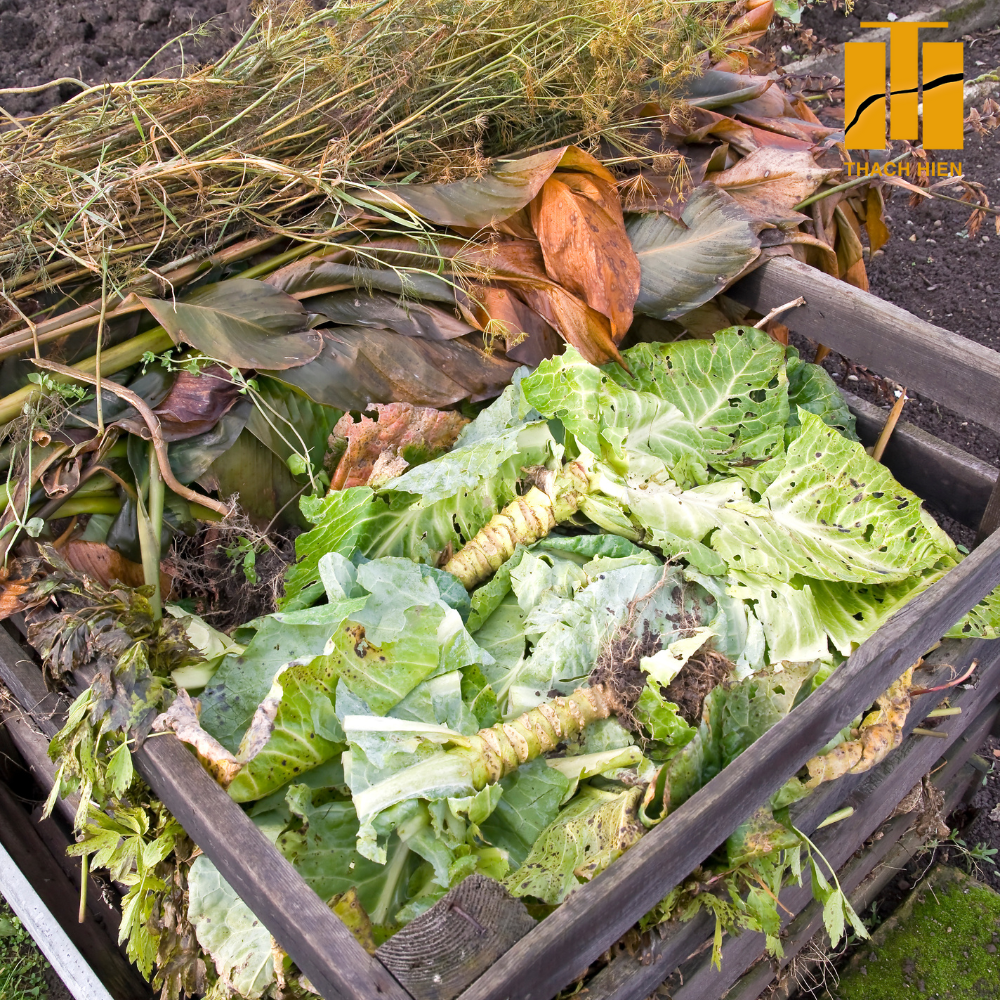
IV. MICROBIOLOGICAL FERTILIZERS
1. Nitrogen-fixing microorganisms:
There are many microorganisms that can fix N from the air such as blue-green algae (Cyanobacterium), Azotobacter, Bradyrhizobium, Rhyzobium, Actinomyces, Klebsiella. Currently on the market there are some types as follows: nitragin fertilizer, Rhidafo fertilizer, Azotobacterin fertilizer, Azozin fertilizer…
2. Phosphate-dissolving microorganisms:
Including microorganisms capable of decomposing phosphorus such as Aspergillus, Pseudomonas, Bacillus, Micrococens… There are some types on the market such as: Phosphobacterin…
3. Microbial fertilizer stimulates plant growth

V. CÁC LOẠI PHÂN HỮU CƠ KHÁC
Peat compost: such as Biomix, Biofer, Komix, Compomix, Gianh River biological organic phosphate…
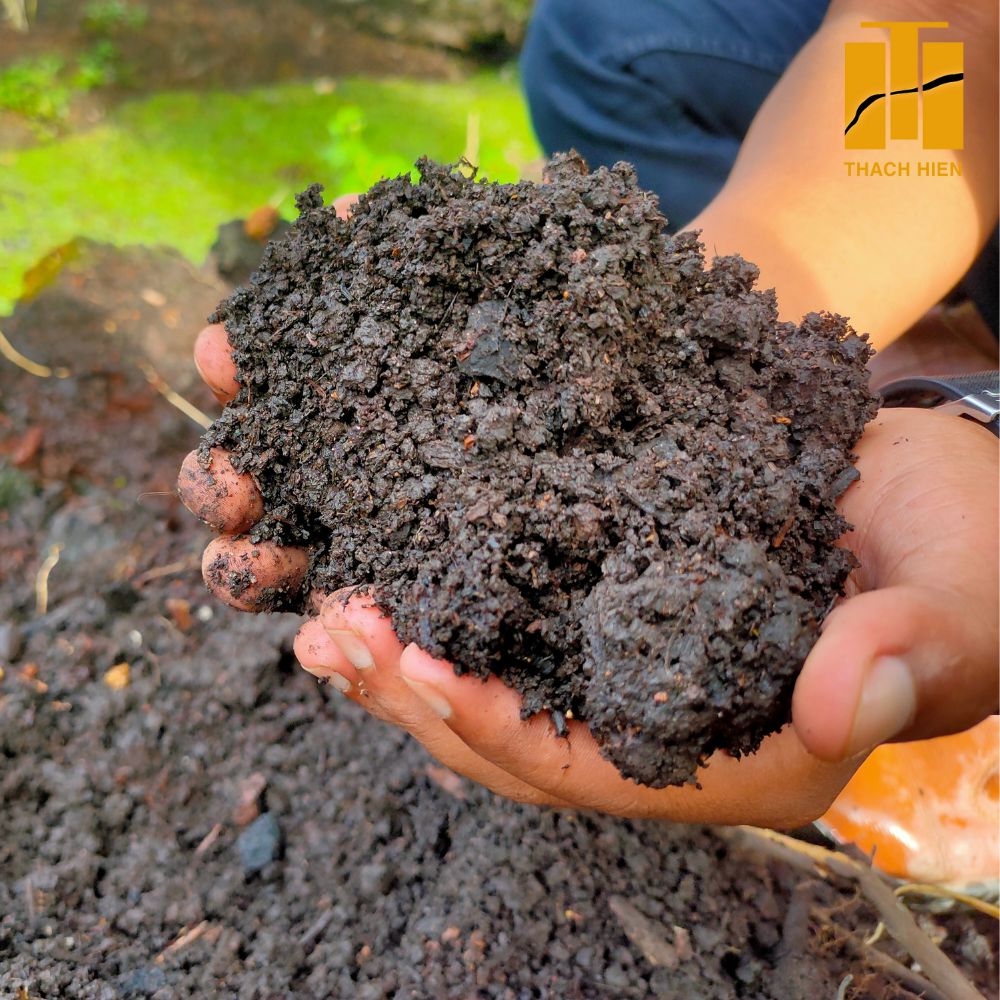
Ash and bat droppings
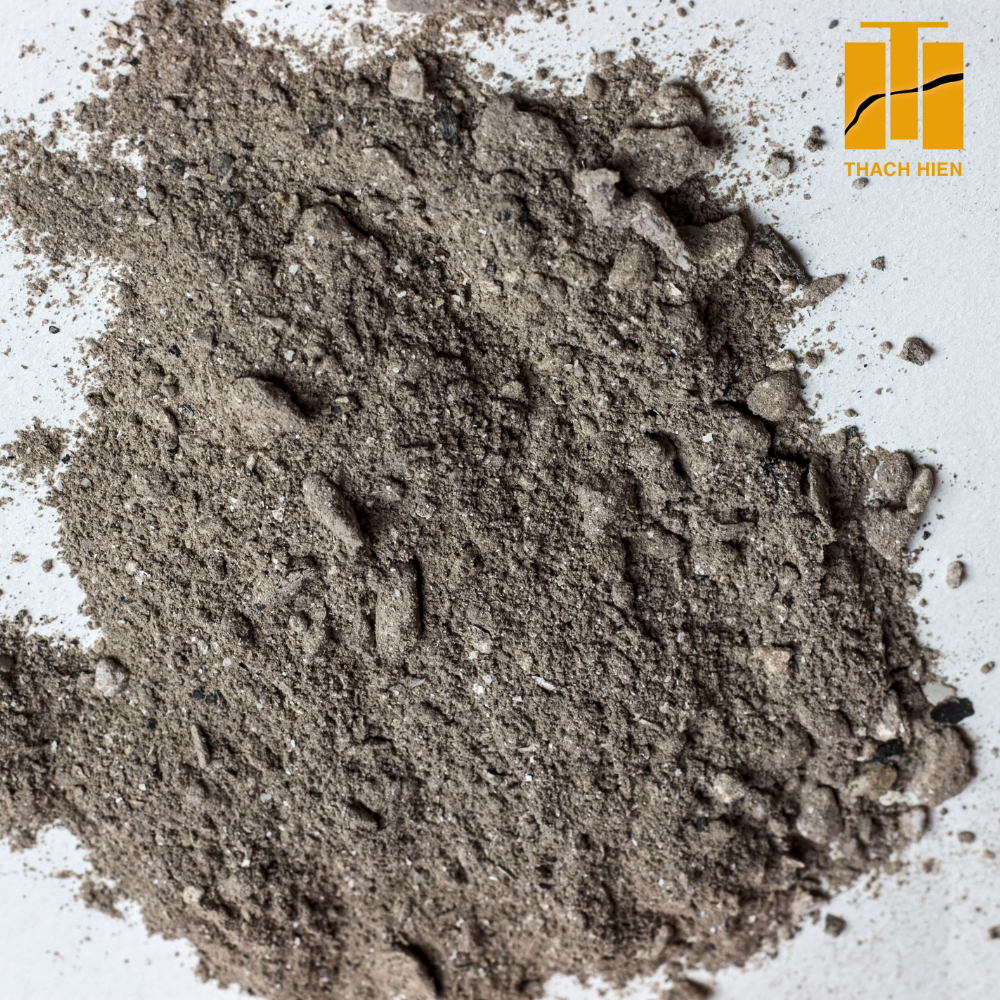
With more than 15 years of experience in the industry of providing kaolin as an additive product for the fertilizer production industry, THACH HIEN ONE MEMBER CO., LTD. is committed to providing customers with products that meet standards with the best quality. Customers who need more detailed advice on parameters as well as prices of black stone according to each size, please contact: Hotline 0986 306 052.


 vn
vn